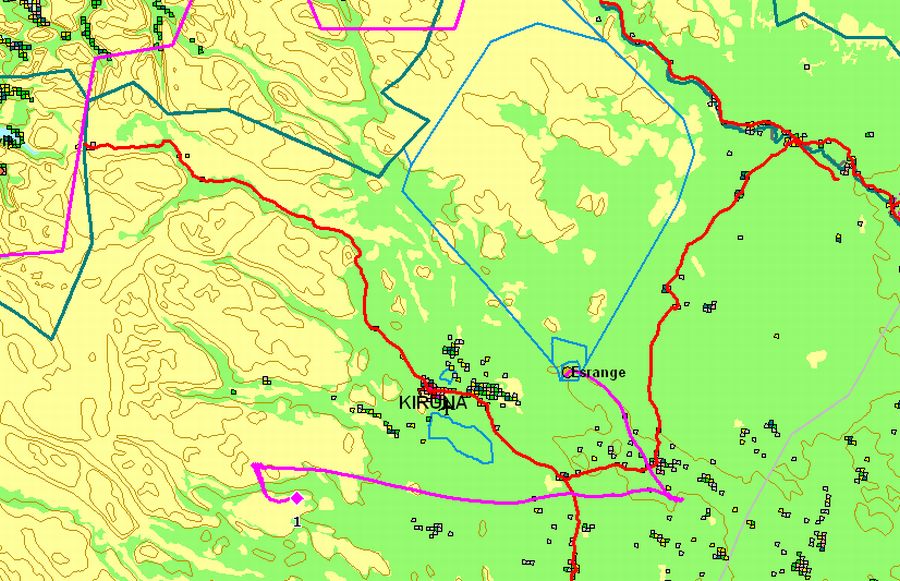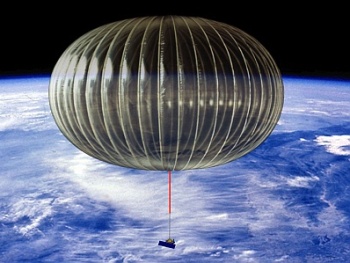Purpose of the flight and payload description
A project to develope a balloon system capable of providing scientific measurements for 100-day missions with floating altitude close to 35km transporting payloads of near 1.5 tons.
It is a super-pressure balloon made of a composite fabric (polyester + polyethylene film and fabric) that is filled with Helium and hermetically sealed. Meridional tendons provide additional rigidity to the envelope. The pressure inside the envelop is maintained above the ambient pressure at all times to keep the balloon afloat at a constant altitude. During daytime the internal pressure increases due to solar heating but the volume remains constant due to the rigidity of the envelope. At night the pressure drops due to infrared radiative cooling to space, but as long as the internal pressure remains above the ambient pressure, the balloon stays at the same altitude.
On the future, transported by stratospheric winds around the globe at 30m/s the ULDB would be make a full circunnavegation to Earth in about 2 weeks.
Details of the balloon flight

Balloon launched on: 6/22/2009 at 1:01
Launch site: European Space Range, Kiruna, Sweden
Balloon launched by: Columbia Scientific Balloon Facility (CSBF)
Balloon manufacturer/size/composition: Ultra Long Duration Balloon Raven - 14.000.000 cuft
Flight identification number: 599NT
End of flight (L for landing time, W for last contact, otherwise termination time): 6/22/2009 at 5:05
Balloon flight duration (F: time at float only, otherwise total flight time in d:days / h:hours or m:minutes - ): ~ 4h
Landing site: In the Sjaunja Reserve, southwest of Kiruna, Sweden
The inflation was done using an auxiliary balloon which pulled the main balloon up while being inflated to avoid any wrinkle or damage to the fabric.
The balloon was launched by dynamic method with assistance of launch vehicle (Hercules) at 1:01 UTC on June 22, 2009, but due to unknown reasons it was terminated four hours later.
The payload landed in the north border of the Sjaunja Reservation, southwest of Kiruna.
The mission -dubbed as flight 599NT- was intended to test a 14.000.000 cubic feet balloon in fly from Sweden to Canada. This size approximately doubled the volume of the successful balloon flown from Antarctica in the 2008/2009 campaign and the mission's main goals were to full deploy at float, and then make the Atlantic crossing at constant altitude.
Still no official news were issued by NASA about the nature of the failure.
External references
- ULDB website - Balloon Programe Office NASA Wallops flight facility
- List of balloons launched from ESRANGE SSC Space website (via Archive.Org)
3737If you consider this website interesting or useful, you can help me to keep it up and running with a small donation to cover the operational costs. Just the equivalent of the price of a cup of coffee helps a lot.


